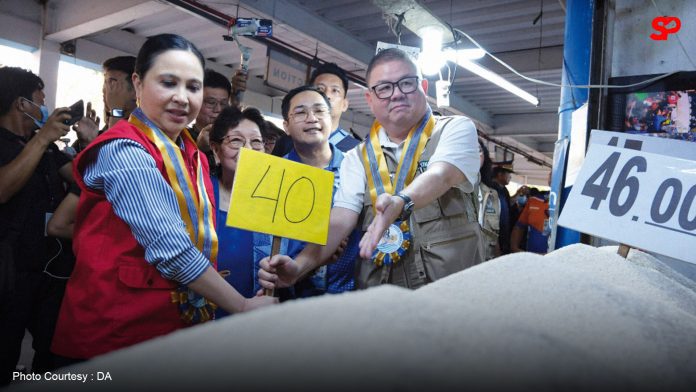By Eva Visperas
The chairman of the Samahang Industriya ng Agrikultura (SINAG) has called for the immediate reversal of the rice tariff reduction under Executive Order (EO) 62, which took effect in July 2024, arguing that the policy has failed to bring down rice prices as intended.
In a letter addressed to President Ferdinand R. Marcos Jr. on January 21, 2025, Rosendo So criticized the tariff cuts, which were designed to lower rice prices. He pointed out that while the reduction—from 35% to 15%—was expected to alleviate consumer costs, it has instead led to substantial revenue losses and failed to lower rice prices as anticipated.
The reduction has resulted in an estimated P15 billion in foregone revenue, which was originally earmarked for supporting local rice farmers under the Extended Rice Tariffication Law.
So noted that despite the reduction in tariff rates, rice prices have not significantly decreased, leaving both the government and local farmers struggling with rising production costs. He suggested that the lost P15 billion could have been better utilized to lower the cost of producing palay (unhusked rice) by P2.90 per kilo, which could have reduced local rice prices by as much as P5 per kilo.
In his letter, So also raised concerns about the substantial budget cuts to the National Rice Program, which saw a reduction of P10 billion. With further revenue losses expected under EO 62, total foregone revenue could reach up to P27 billion this year.
So also highlighted that global rice prices have dropped significantly in recent months. From July 2024 to January 2025, the price of rice on the global market fell by US$146 per metric ton, from US$568 to US$422, effectively lowering the price of rice by P8.54 per kilo. This decline has already surpassed the expected price reduction of P6-7 per kilo under EO 62.
The SINAG chair reiterated that the local agriculture sector supports other government initiatives aimed at reducing rice prices, such as the “Rice-for-All” program and the “Food Security Emergency for Rice” (RFA25), emphasizing that these initiatives could reduce rice prices without resorting to tariff cuts.
So urged President Marcos to reconsider the current tariff structure under EO 62 and reinstate the original tariff rates—35% for ASEAN countries and 50% for non-ASEAN countries—in order to better protect local rice farmers and the domestic rice industry.

